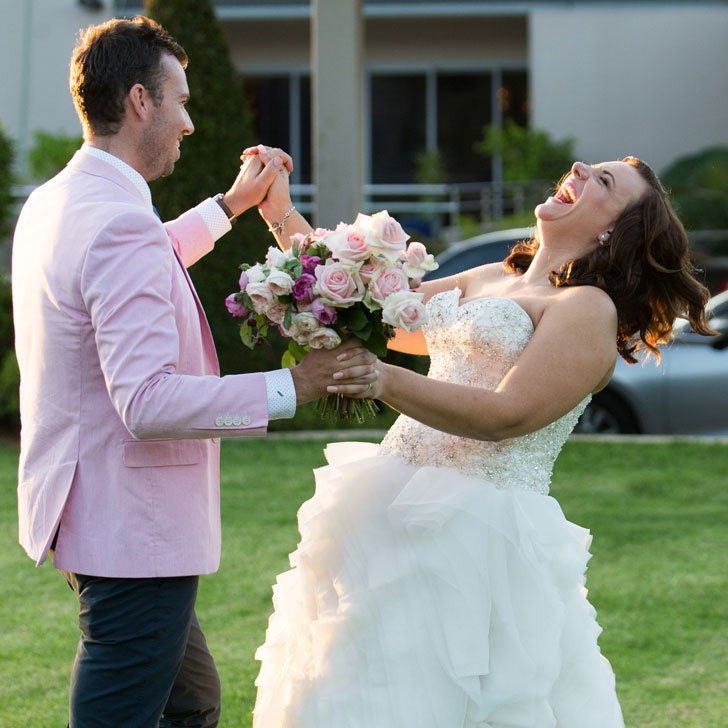As Channel 9 gears up for another season of its flagship dating show Married At First Sight, the network is tipping human relationships to be the dominant theme in new TV programming this year.
Speaking to B&T, Nine’s head of content, production and development, Adrian Swift, said shows such as The Biggest Loser (Ten) are being overtaken by those which focus on the social experiment of finding love.
“I think human relationships will be the big area of new programming in 2017,” he said.
“We’re not piling it in like Seven – it’s got four or five dating and marriage shows, where as we’ve got Marriage at First Sight, as well as a couple of other things in the pipeline.
“It’s the one area that the audience is really responding to and it’s the one area that I reckon has a little bit more room to move.”
Despite being crowned by industry publication TV Tonight as the worst Aussie TV show for 2016, Married at First Sight posted some pretty decent ratings last season.
According to OzTam figures, the show had a national consolidated series average audience of 1.335 million for season three, with the finale pulling in 1.083 million viewers and rating as the most-watched show across the key advertising demographics (the 16 to 39-year-olds, the 18 to 49-year-olds and the 25 to 54-year-olds).
The show’s success has not been without controversy either, with claims that Nine sets up contestants for humiliation, and that some only go on the show for fame.
However, Swift strongly denied these accusations, and said Married at First Sight is genuine in its efforts to help match people up and find love.
“The problem with TV is that with marriage, contestants are putting their hearts on their sleeves and publicly hanging them out for people to see, and in the course of that, people can respond to them in ways which can be difficult, but that’s not the purpose of this show,” he said.
“I think people watch these shows because they want to see people find love – I don’t think they watch these shows for humiliation.
“And we can never really guarantee that no one is on the show because they like the idea of being on television, but we worked very, very hard to weed those people out.”
With the threat of subscription TV services growing stronger, it begs the question: are cheaply-made TV shows such as Married at First Sight the antidote to the billions that Netflix is pouring into its programs?
“No – it is what free-to-air TV is,” Swift said.
“Free-to-air television is about big, inherently interesting, noisy constructs that people get to talk about in the office or on social media as they happen. We’re about getting a million people in one place at one time, whereas Netflix is about getting a million views over eight months with 500,000 different start times.
“We’re not trying to compete with Netflix to that extent – what we’re trying to do is what free-to-air TV does really well, which is getting people to watch in the moment.”
Swift described Married at First Sight as a “safe environment” for advertisers, and denied that they are turned off due to the show’s nature.
“What we’re doing is showing young, attractive, aspirational people in a love story. There’s not an environment that’s much better for advertisers than that,” he said.








